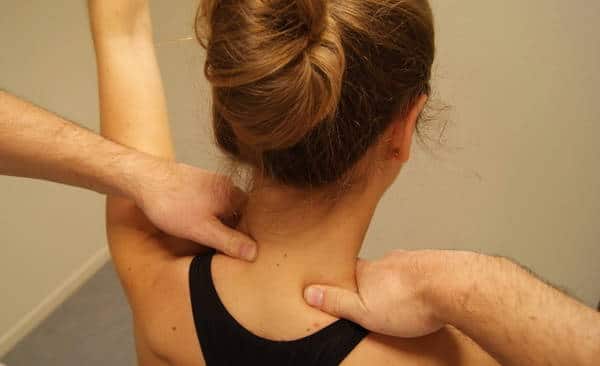Health Practitioners trained in manual therapy assist individuals with impairments of mobility and function. The Mulligan Concept of manual therapy is specifically designed to achieve these goals through the application of pain-free manual mobilization techniques that allow pain-free movement and therapeutic loading of the musculoskeletal system. Both the clinician and the patient can quickly assess the value of this approach by its ability to immediately abolish painful limitations of function. If the techniques are indicated, an immediate improvement in pain, mobility and function will be observed during and following the technique application. If no immediate improvement is noted, the technique must be modified to achieve pain-free function or is not indicated at that time.

